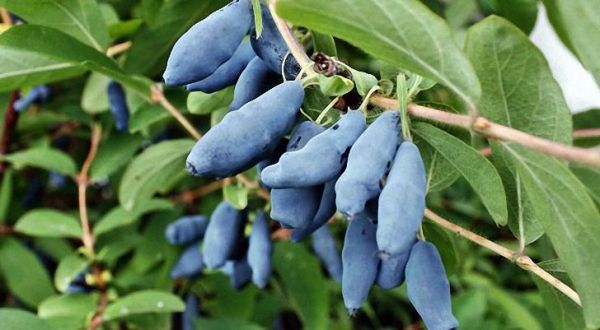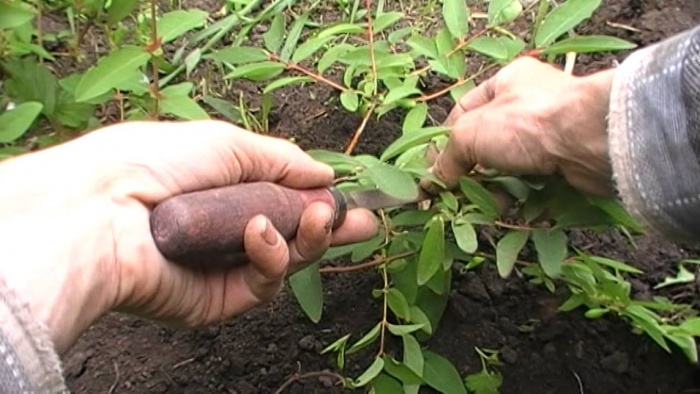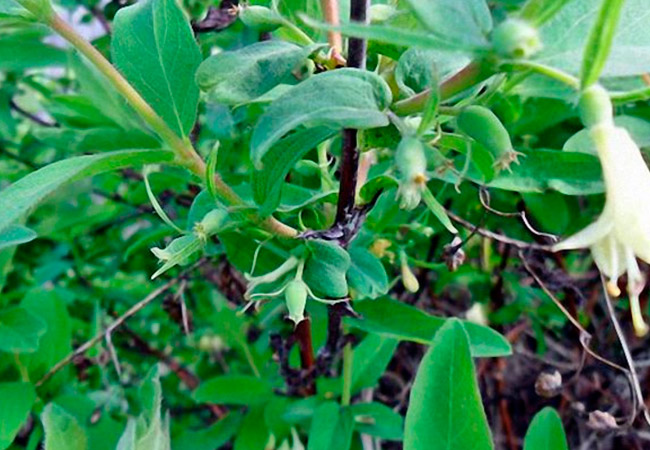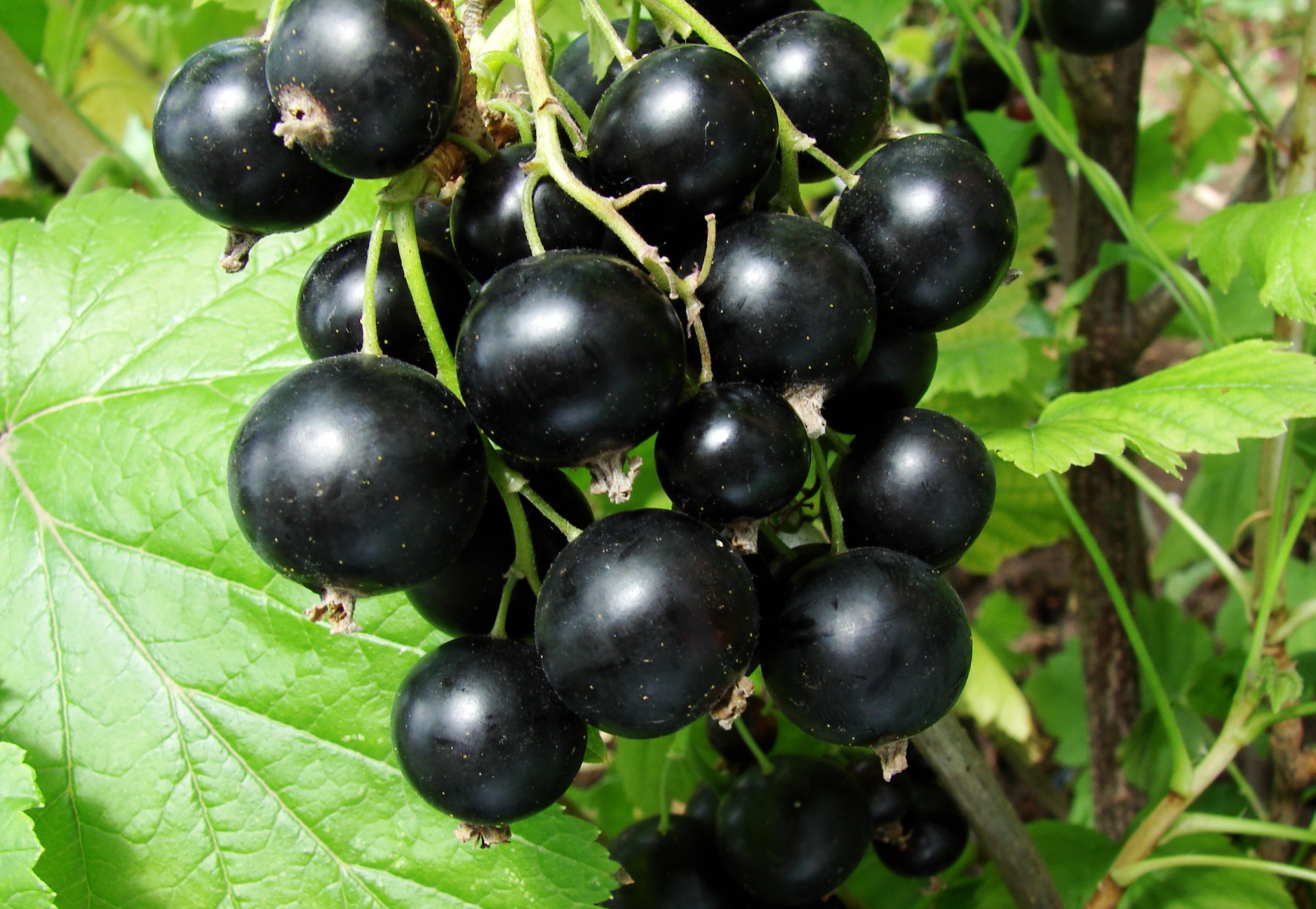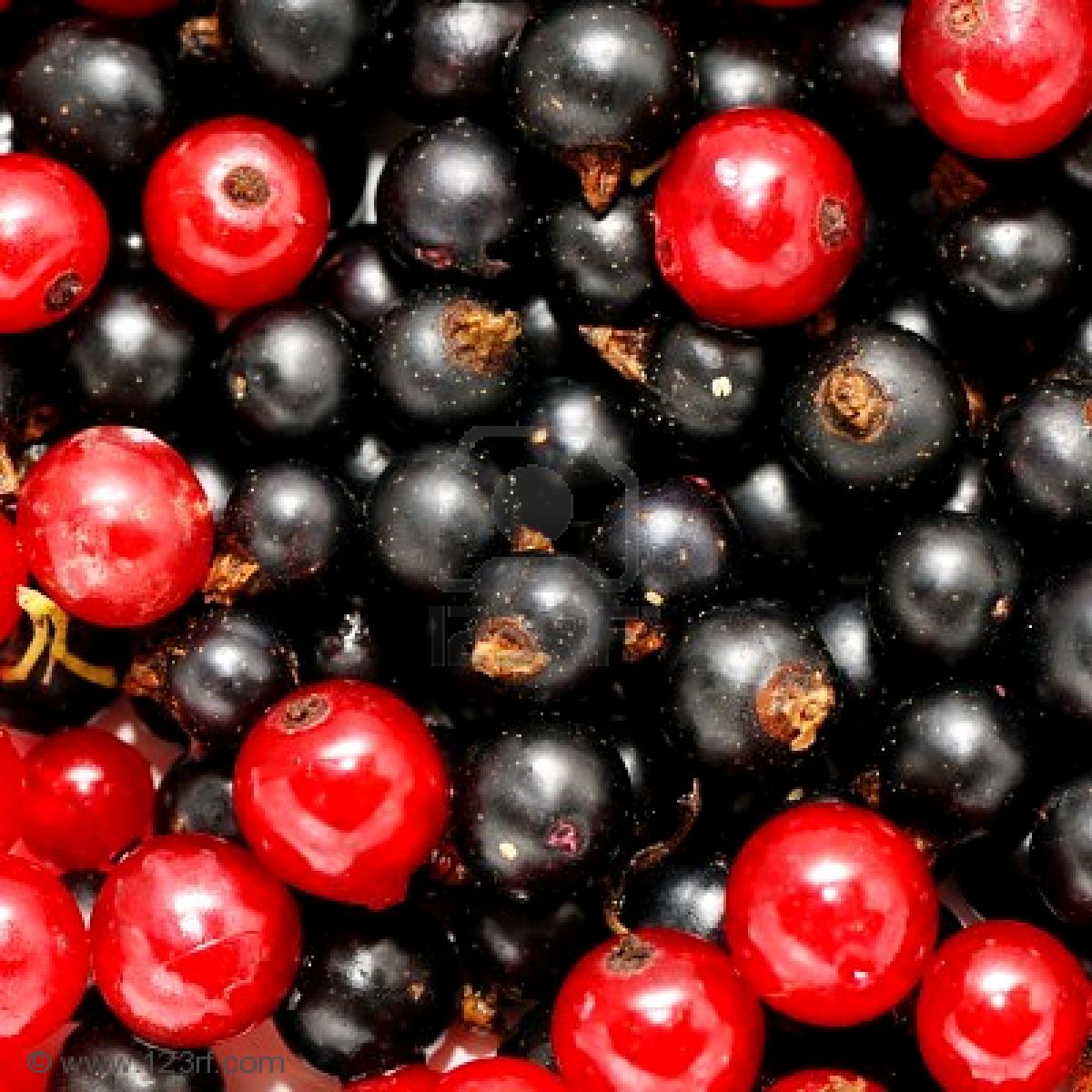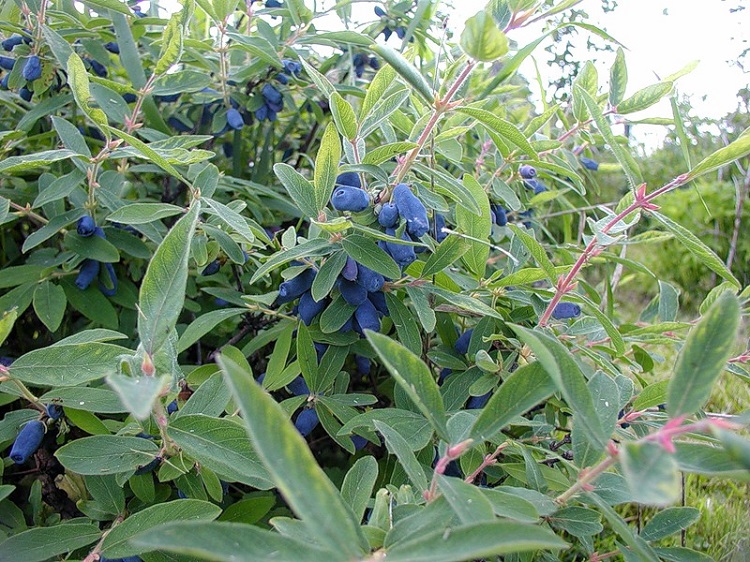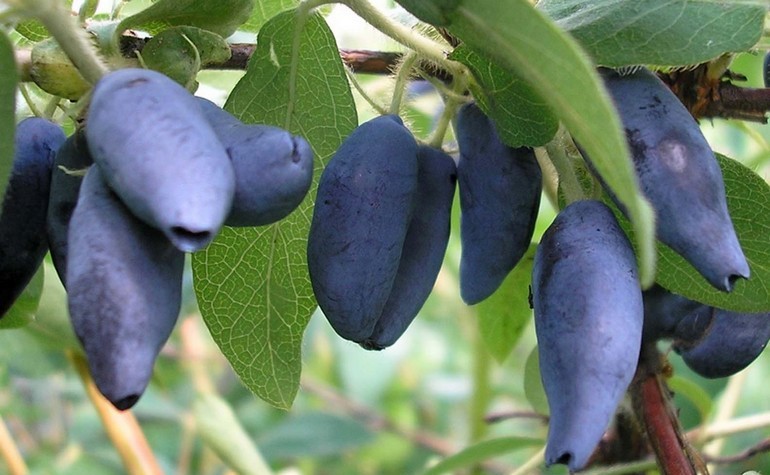Content:
Some grow honeysuckle as an ornamental culture. Others are attracted by the edible honeysuckle for the unusual taste of the blue-gray berries. Those who have already appreciated the delights of culture are wondering how to propagate honeysuckle on their site.
Reproduction methods
Newcomers to the breeding of honeysuckle follow the "path of least resistance": they buy ready-made seedlings in nurseries. For more experienced gardeners, bush farming becomes a real hobby. Each of them chooses the best way for himself.
Seed propagation is not suitable for everyone due to the duration of the maturation of the bushes. In addition, the planting material must be freshly harvested. Only breeders try to breed honeysuckle in a similar way.
Layers are also used, and the technology of this method is no different from the reproduction of any other bush culture. Someone is attracted by the method of division, but it is more often used if it becomes necessary to transplant honeysuckle to a new place.
Vegetative propagation of honeysuckle
When the berry bush reaches the age of five, summer residents wonder how to plant honeysuckle. The less laborious of the growing methods is layering. But dividing a bush is the fastest way to get harvests from new plants.
Layers
This method uses two breeding options: horizontal and vertical. Each of them has its own characteristics:
- The soil for horizontal layers is prepared in early summer by digging up the earth around the bush. Determine the shoots that will be diverted - these are the most extreme annuals. Shallow grooves (up to 1 cm) are made from them, radiated from the bush. Having laid the processes in them, they are pinned and covered with a 5-centimeter layer of earth. By the spring of next year, the layers will give roots, and the "daughters" can be safely cut off from the mother plant in order to transplant to their place;
- Vertical layers are obtained in an easier way. To do this, it is enough to scoop up more soil to the base of the bush (the layer should be at least 20 cm). Throughout the summer, the bush is watered abundantly and soil is regularly added. The earthen mound promotes the formation of roots on the shoots, which will appear by next spring. When the time comes, the soil is raked off, stronger layers are selected, excised from the bush and transplanted.
Having settled on one of the options for how garden honeysuckle reproduces, it should be borne in mind that it is not possible to obtain vertical layering from every variety. In this case, the bush must be at least 3 years old.
Division
This operation is recommended to be carried out in the fall, after leaf fall. To use the method in spring, you need to be in time before the buds open, and this is not always realistic. The division is carried out after the bush is carefully dug up. After examining the root system, the gardener decides how many parts the plant can be dismembered.
Bush segments are planted in pre-prepared and well-moistened pits. All shoots on the plant are shortened by a third (these trims can be used for cuttings). The main formation of the bush begins next year.
Cuttings
When deciding how to propagate honeysuckle at home, experienced gardeners choose cuttings. It also offers two alternatives. Both give good results, but the most productive is the use of young cuttings.
Green shoots
Breeding material is harvested at the spring-summer turn, when the bush has already faded, and the formation of ovaries has begun. But before cutting off some of the shoots, they are checked for readiness. The vine should break when bent. Elastic shoots have less energy for rooting.
In solving the problem of how to breed honeysuckle on your site, when cutting cuttings, they adhere to the following rules:
- the middle parts of the selected shoots go to the blanks;
- they must have at least 3 internodes and be 7-12 cm long;
- each node must have a bud with a leaf;
- in the lower part of the cutting, an oblique cut is made (at 45 degrees);
- remove the sheet from the lower node, on the rest of the plates are shortened in half;
- in the upper part, the cut is straight and is located above the kidney at a distance of 1.5 cm.
Propagation of honeysuckle by cuttings in the spring implies preliminary rooting in containers with soil mixture. You can use a ready-made substrate from a store or mix the soil yourself. This will require 3 parts of sand and 1 part of peat. You can also use vermiculite or perlite.
The substrate is laid out in cups and moistened. After immersing the lower part of the cuttings in the ground, they are covered with a film to maintain the necessary moisture. While rooting is in progress, the air temperature is kept in the room about 20-25 degrees Celsius.
After 1-1.5 weeks, the film is removed, since rooting has occurred at this point. Seedlings in this form can already be planted in a permanent place, but it is better to leave them in a greenhouse or on a windowsill until next spring. During this period, the sprouts will become stronger.
Lignified cuttings
Some summer residents are interested in the question of how to grow honeysuckle from wood cuttings. The process begins with the preparation of planting material, and this can be done at one of the dates: before bud break in spring or autumn after leaf fall.
Each gardener will choose a more suitable time, based on the climatic characteristics of his region. But the rules for grafting honeysuckle are the same for everyone:
- the growth must be one-year in diameter at least 1 cm;
- giving the shoots woody, they are cut:
- in autumn up to 20 cm long, with 3-5 internodes;
- in spring, cuttings are taken shorter - 10-12 cm each, making the upper cut straight to a height of 0.5 cm from the kidney, and the lower one - oblique, stepping back 1.5 cm from the extreme kidney;
- autumn slices are stored in the basement, buried in a box with wet sand or sawdust, but can also be wrapped in burlap; some summer residents dig in the garden trench until spring;
- the substrate in which the autumn cuttings are stored is treated with biofungicides to protect the planting material from fungal disease.
Having dealt with the question of how to cut the honeysuckle, proceed to further actions.
Reproduction of honeysuckle in spring
Regardless of when the cuttings were cut, they are rooted in the spring, following the following algorithm:
- in the southern regions, blanks are planted in the ground, making high ridges; in the north, nurseries are used first;
- the soil is dug up and moistened with Kornevin's solution with the addition of biofungicides; one drug will accelerate the formation of roots, the other will protect against rot;
- the workpieces are planted at an inclination of 45 °, positioned at a distance of 12 cm from each other;
- the cuttings are buried in the ground in such a way that the upper bud either peeks out, or is slightly covered;
- the planting is covered with a film, under which constant humidity must be maintained;
- after 2.5-3 weeks, the cuttings should give the first roots, so they can be opened by removing the film.
Then it remains to take care of the plantings, carrying out regular watering (without waterlogging), as well as removing weeds in a timely manner. The sprouts in the nursery are hardened by leaving the transom open for 40-60 minutes every day.
In this position, the cuttings develop until next spring. Then the seedlings from the ridges are planted in a permanent place, and from the nursery - on a temporary site for further rooting.
Transfer
Honeysuckle in one place can stand for several decades. Over time, growing, the bushes begin to interfere with each other or neighboring crops. This affects the yield, so you cannot do without transplants.
When to transplant
This culture wakes up very early - the slightest thaw is enough for the buds to swell. Therefore, it is not always possible to be in time with spring transplants. Even if frosts return, the plant stops development, then wakes up again. This situation is sometimes repeated several times during the spring, so it will be difficult to guess the optimal time for transplanting.
All actions should be postponed to autumn, or rather to early September for northerners (since in August honeysuckle is already preparing for hibernation) and to October for southerners. The term is chosen in such a way that the bushes can be rooted in a new place before the onset of frost.
Transplant rules
When deciding how to plant honeysuckle, for a start, choose a suitable site for transplanting, giving preference to sunny hills. They take into account the proximity to other bushes and trees - the distance from them to the honeysuckle should be at least 1 m. It is advisable to choose the soil optimally light, low acid. If this condition is not entirely feasible, turf or sand earth is placed in the holes on the bottom.
The whole process of relocation of an adult plant comes down to the following points:
- holes are prepared, 45-50 cm deep, in light soil and up to 30 cm - in heavy;
- fertilized exclusively with wood ash (manure will burn the roots);
- the bush is pruned beforehand: the old branches are shortened, the damaged ones are completely cut out, the young shoots are not touched;
- carefully dig up the bush, trying not to hurt the roots; if it is necessary to carry out division, this action is performed at this stage, taking into account the rules described above;
- honeysuckle is recommended to be transferred to a new place with a small clod of earth;
- putting the plant in the hole, gently straighten the roots;
- Having covered the hole with earth, a side is formed around the bush (it is necessary to retain irrigation water).
After moistening the soil abundantly, it is covered with mulch. A thick layer of sawdust, hay, leaves will keep moisture in the root zone, will be a good protection from frost and at the same time is a good bait.
Having understood how the honeysuckle multiplies or transplants to a new place, it is easier for newly-made summer residents to plan their site. Considering all the important points, you can get healthy, well-rooted honeysuckle bushes, which will delight you with curative tasty fruits for many years.
